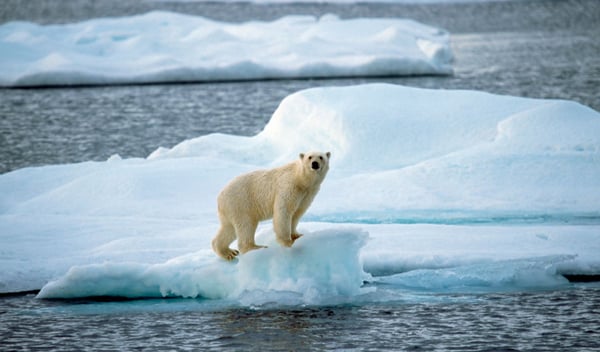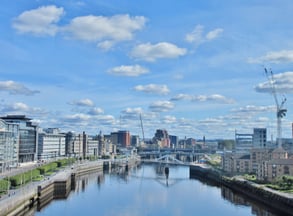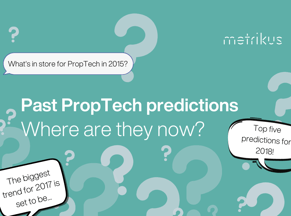What is COP26 and why does it matter?
What is COP26?
COP – standing for Conference of Parties – is the annual UN meeting about climate change.
The first COP meeting (COP1) was held in Berlin in 1995 and we’re now at the start of the 26th meeting – COP26.
Where and when is it being held?
This year, COP26 is being held in Glasgow and it officially started on 31st October.
The summit is currently scheduled to end on 12th November, but COPs have a habit of running over time, so talks could end up stretching well into Saturday and maybe even Sunday.
Why is the summit so important?
It’s becoming increasingly clear that the window of opportunity to tackle climate change is shrinking.
Over the last couple of months, extreme weather has created havoc across the globe, from raging wildfires in Europe to devastating rainstorms in China.
And in August, a landmark report by the UN’s Intergovernmental Panel on Climate Change (IPCC) concluded for the first time that there’s unequivocal evidence that human activity is already changing the world in unprecedented and often irreversible ways
UN chief Antonio Guterres described it as a ‘code red for humanity’. And in the words of The Guardian’s environment editor, Damian Carrington, ‘political leaders are now in the dock and the vital UN COP26 summit in Glasgow in November may be the last hearing at which they can avoid the judgment of history’.
It’s clear that there’s no time for delay and no room for excuses – COP26 is crunch time to save our planet from disaster.
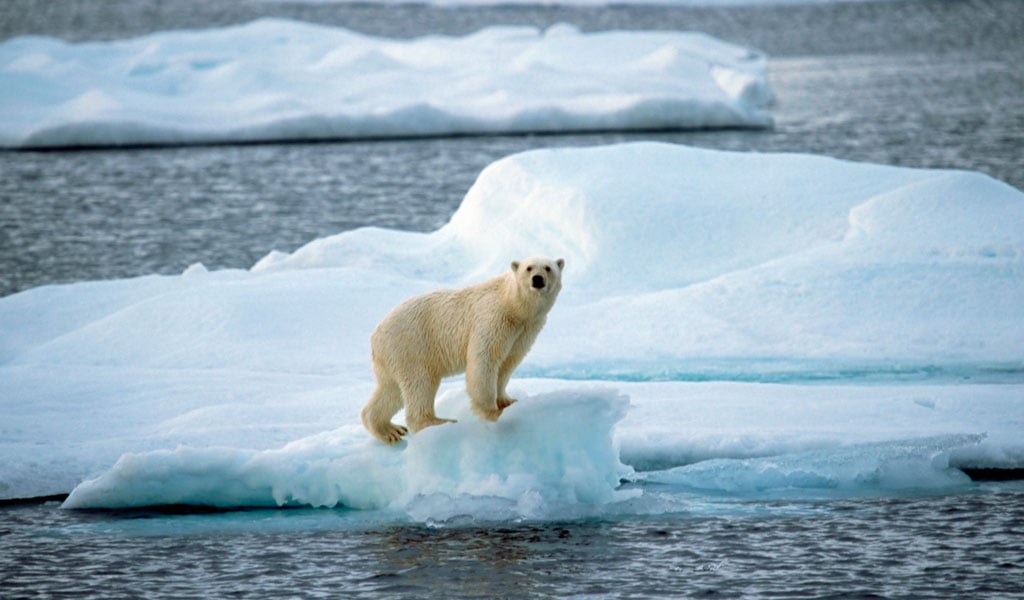
What was agreed in Paris?
The Paris Agreement is the most comprehensive climate deal to date.
In 2015, 196 nations signed a binding treaty to hold global average temperatures to ‘well below’ 2ºC compared to pre-industrial levels, and to try to limit rises to 1.5ºC. The IPCC sees 1.5ºC as a roughly safe upper limit, so a 2ºC rise could be much more destructive.
As part of the agreement, nations also made specific pledges to reduce their greenhouse gas emissions, known as nationally determined contributions (NDCs). It was agreed that the signatories would meet every five years to make more ambitious pledges.
The first of these meetings was meant to happen in 2020, but was delayed until this year because of COVID-19 – one of the many reasons COP26 is so important.
Will the Paris goals be met?
On current trends, the answer to this is unfortunately, no.
Despite lockdowns around the world, all key greenhouse gases (GHG) rose faster in 2020 than the average for the previous decade and this trend has continued in 2021, according to a WMO report.
The IPCC has estimated that emissions need to fall by 45% from 2010 levels by 2030, and then hit net zero by 2050, to have a good chance of keeping global warming to 1.5ºC.
But the UN’s latest report on the NDCs from the 113 countries that filed them ahead of COP26 found that even if they were fulfilled, greenhouse gas emissions would only go down 12% by 2030.
The UK, the EU and the US – which has rejoined the Paris Agreement under President Biden – have all made commitments to cut emissions by at least 50% on 1990 levels by 2030.
However, several major emitters like Brazil, Saudi Arabia, Russia and Australia haven’t come up with improved NDCs. India is still negotiating, and China – the world’s biggest polluter – also hasn’t submitted an updated NDC.
.jpg?width=4862&name=marcin-jozwiak-YGPCYETKFw8-unsplash%20(1).jpg)
Why has progress been difficult?
The fact of the matter is that decarbonization isn’t easy. Working towards net zero is expensive, disruptive, and can often be unpopular at a national level.
Another big issue is that there’s a lack of trust between rich and poorer nations. Developing countries are usually less responsible for global warming, but are more likely to suffer the adverse effects of it.
Because of this, the Paris Agreement included a pledge that meant rich countries would provide $100bn a year to developing countries to help cover the costs of both cutting emissions and offsetting the impacts of global warming.
However, the rich countries have not held up their end of the bargain. In 2019, only about $80bn was provided and the Climate Finance Delivery Plan, published this Monday, suggests the target was likely missed in 2020 and will also fall short in 2021 and 2022.
At COP26, developing nations are going to want assurances that the $100bn pledge will be fulfilled, and that there will be a new finance regime from 2025.
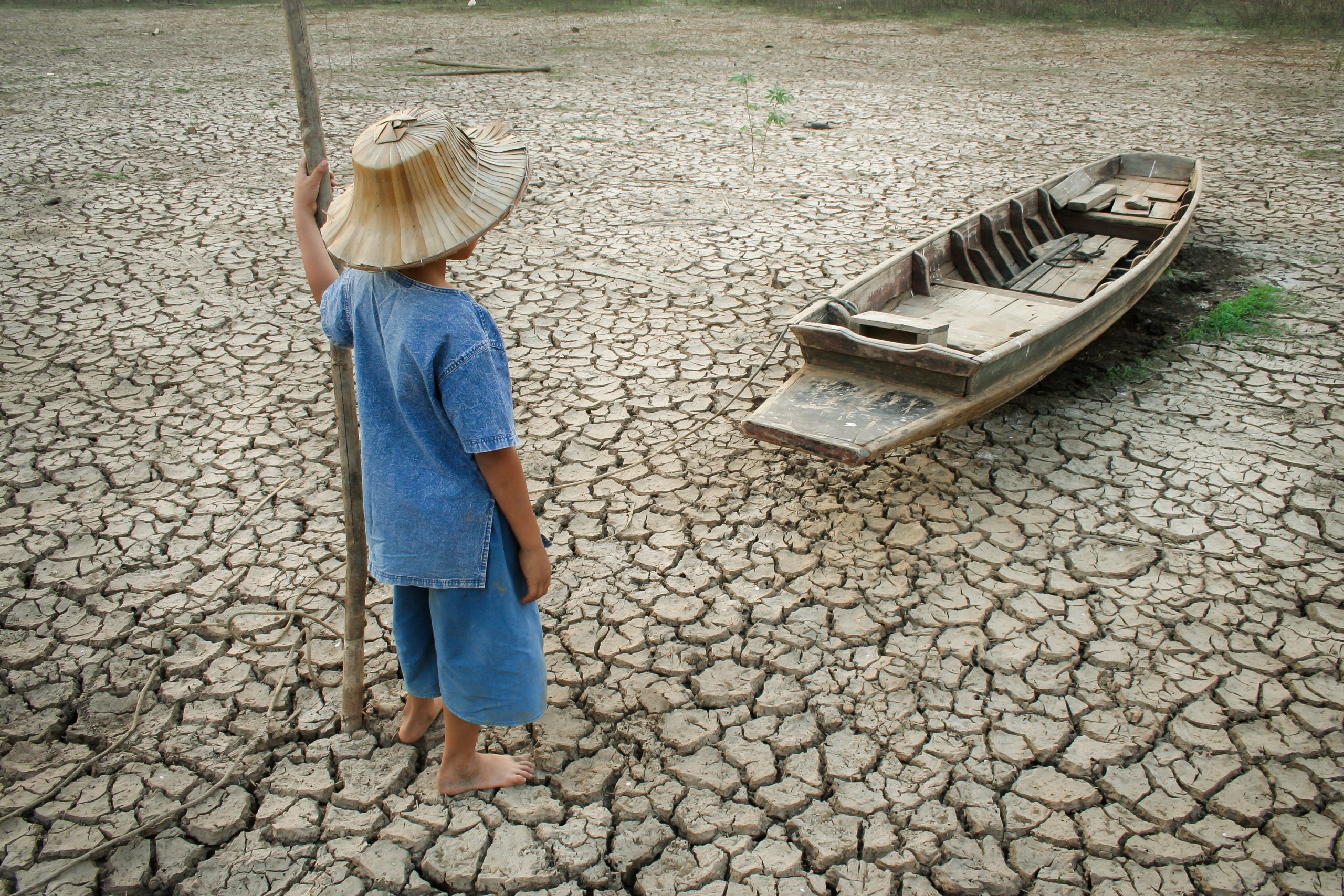
Is COP26 likely to be a failure?
Boris Johnson has said that chances of COP26 success are ‘touch and go’, but there’s still an opportunity for progress to be made on a series of fronts.
One of the most important things is for there to be some significant progress on the NDCs.
The UK also aims to ‘mobilise finance’ for the developing world – to ‘enable and encourage’ worldwide resilience to climate change, and to ‘finalize the Paris rulebook’, which will make the agreement operational.
The COP26 president, Alok Sharma, wants to ‘cosign coal to history’, and there was a major step forward last month when the Chinese president Xi Jinping announced to the UN General Assembly that they ‘will not build new coal-fired power projects abroad’.
When it comes to climate finance, President Biden has said he’ll ask the US Congress to increase their climate finance to $11.4 billion per year by 2024 – a welcome and much-needed sign that the United States is taking its global climate responsibilities seriously,
What can we expect?
During the two weeks of COP26, you can expect a host of new announcements, followed by some form of declaration at the end.
Lots of the announcements will be very technical, including rules still needed to implement the Paris Agreement. Other announcements could include:
- Making a faster switch to electric cars
- Speeding up the phasing out of coal power
- Cutting down fewer trees
- Protecting more people from the impacts of climate change, such as funding coastal-defence systems
Up to 25,000 people are expected to attend, including world leaders, negotiators and journalists. And tens of thousands of campaigners and companies will be there to network and hold both events and protests – including that attended by Greta Thunberg.
Whatever happens, COP26 is an extremely important event and we’ll be following along closely to see what happens.

